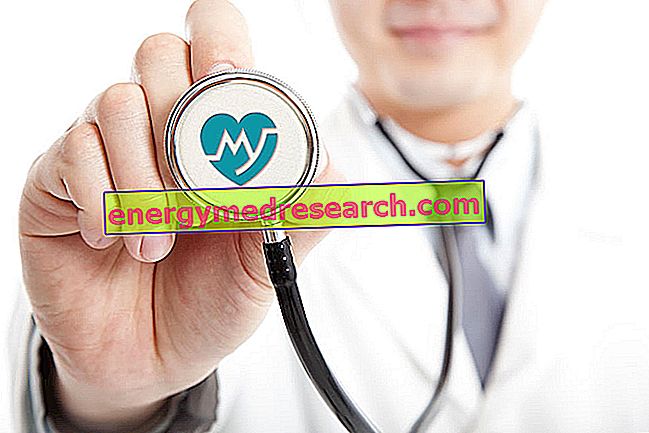
The barrels are containers, generally made of wood, composed of various curved and circled lamellas. Those for wines (red and white, still and effervescent), for the port, for cognac, for certain spirits, etc. they are of precious wood and the smallest ones destined to finish the product (110-350 liters, normally between 225-228 liters) are called Carati (in Italian) or Barriques (in French).
The Barriques or Carati are produced from woods as important as oak (the most valuable are oak and white oak), while others can be used for barrels with peculiar characteristics (walnut, etc.). Obviously, not all trees are suitable. The plants that have characteristics suitable for the construction of the barrels are rather old, and must be subjected to: sriposo after felling (outdoors), seasoning and relative manipulations (such as, for example, toasting).
Not all Barriques lend themselves to the processing of every alcohol. It depends essentially on the product to be obtained, consequently modifying the type of wood, the seasoning, the roasting, the start-up, the age, the time the alcohol remains, the degree of oxygenation, etc.
What instead never changes is the function of the barrel, or that of exchanging molecules between the contents and the container; for example, the cask gives a more or less intense (depending on some of the variables we have mentioned) the perfusion of phenolic molecules (tannins, flavonoids, etc.), and in the same way absorbs certain characteristics of the liquid and then transmits them to that of the next cycle. This is why, in the finishing of certain spirits, barrels are used which have previously contained totally different liquids.



